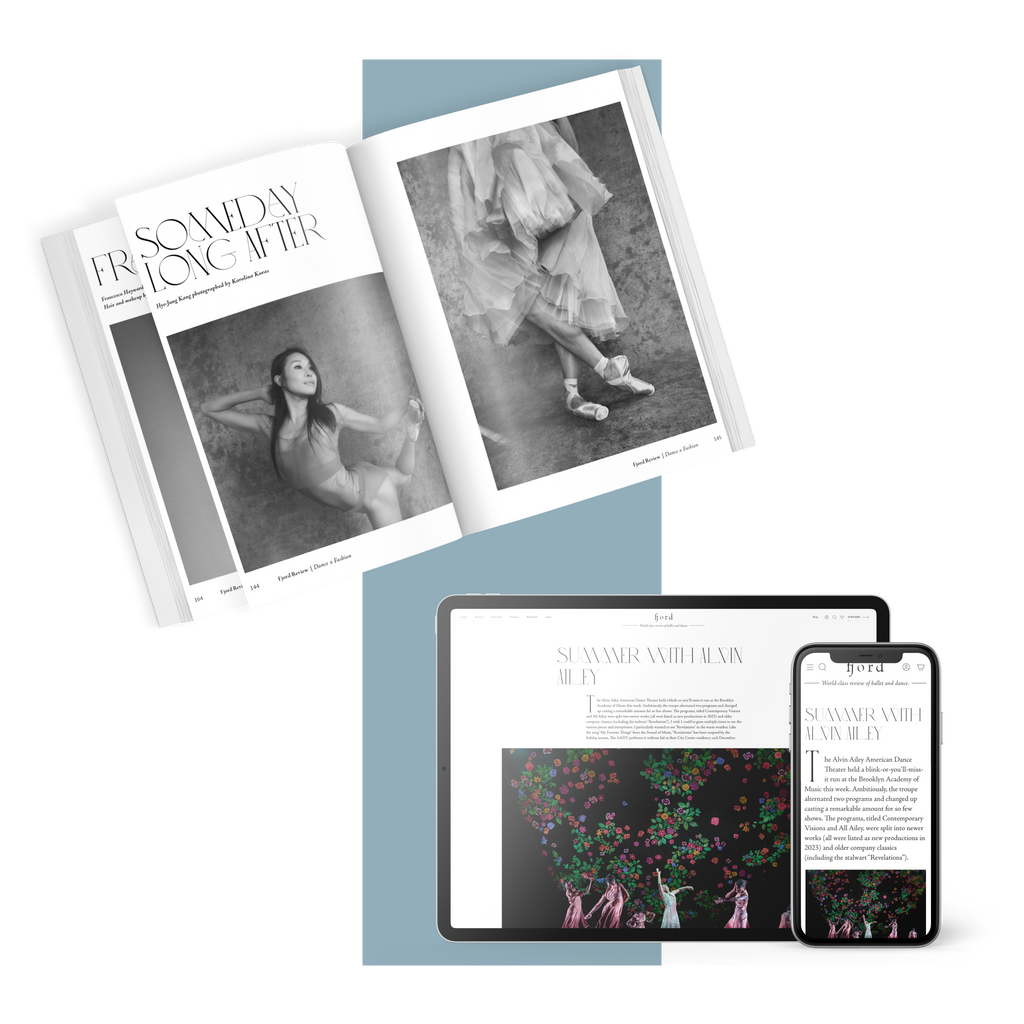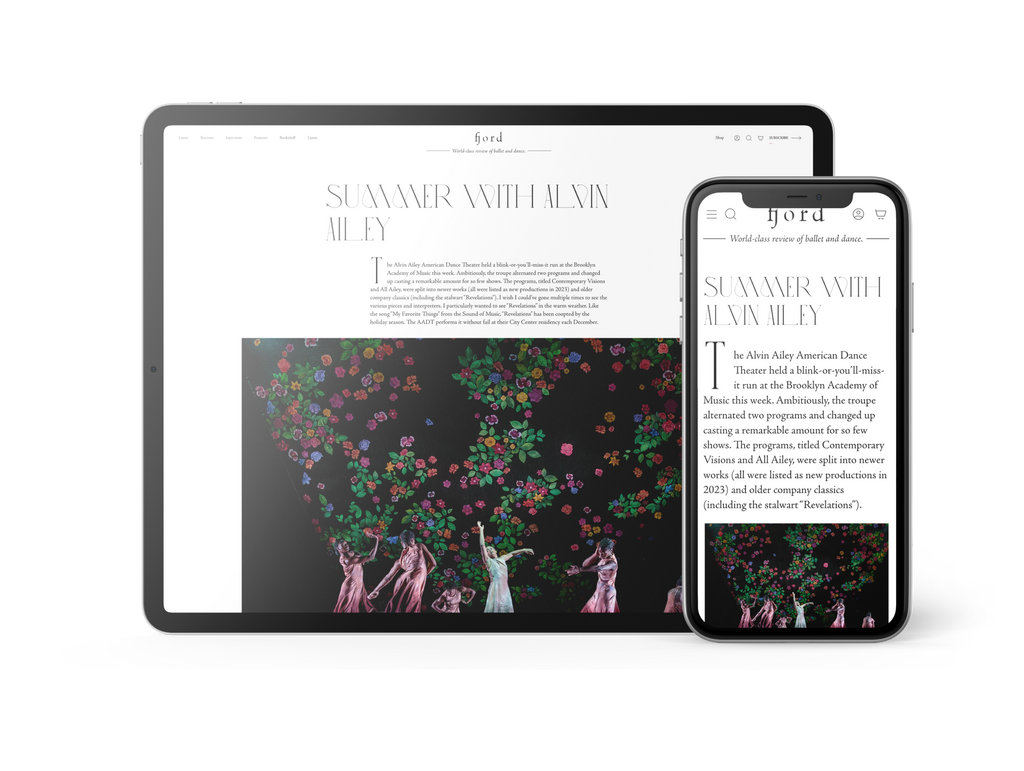Spellbound
Two performers crawl in on hands and knees wearing neon green, hooded coveralls—the lightweight papery kind made for working in a sterile environment—and clusters of balloons pinned to their backs.
Continue Reading
World-class review of ballet and dance.
When the French-born but American at heart Benjamin Millepied took over the Paris Opera Ballet in 2014, he stated that the tri-centenarian company was aging in every way. Even though the troupe’s repertoire offered one of the world's widest ranges of ballets, from Nureyev’s masterpieces and Lacotte’s reconstructions to Preljocaj, Teshigawara or Bausch's iconoclastic works, the departing artistic director intended to dust off the supposedly stiff institution. Loudly and clearly. To start with, he nurtured a brand new generation of soloists in their early twenties, whom he brought into the spotlight: Léonore Baulac, Hannah O'Neill and Hugo Marchand. Then he drew a few much-in-demand choreographers in: Justin Peck, Christopher Wheeldon, himself and . . . the great maestro William Forsythe. Relying on James Blake's vibrant electro-soul album The Color in Anything, Forsythe graced the “Millepied generation” with a tailor-made, electrifying, anthem which reads like a contemporary version of “Theme & Variations.” As always, Forsythe’s postmodern vibe was received with standing ovations and earned rave reviews in the press.
Performance
Place
Words

William Forsythe's “Blake Works I” for Paris Opera Ballet. Photograph by Ann Ray


“Uncommonly intelligent, substantial coverage.”
Your weekly source for world-class dance reviews, interviews, articles, and more.
Already a paid subscriber? Login
Two performers crawl in on hands and knees wearing neon green, hooded coveralls—the lightweight papery kind made for working in a sterile environment—and clusters of balloons pinned to their backs.
Continue ReadingWill Rawls makes boundaries visible by defying them. Known for the disciplinary and topical range of his projects, the choreographer, director, and performer approaches issues of representation in “[siccer],” a multi-part, multi-site work co-presented by L’Alliance New York’s Crossing the Line Festival. A live performance at Performance Space New York accompanies a multimedia installation at the Kitchen, a book published by Wendy’s Subway, and an album published by the artist. With a creative process reaching back to 2018, the work delves explicitly into pandemic-era energies and inertias with focused intimacy and a pervasive sense of instability.
Continue ReadingIt is always interesting when multiple theme steps emerge over the course of a mixed repertory evening, but it is uncanny on one featuring five different ballets, each with a different choreographer and composer, covering a twenty-year span (2005-2025).
Continue ReadingZvidance premiered its new work “Dandelion” mid-November at New York Live Arts. Founded by Zvi Gotheiner in 1989, Zvidance has been a steady presence in the New York contemporary dance scene, a reliable source of compositional integrity, and a magnet for wonderful dancers.
Continue Reading
comments